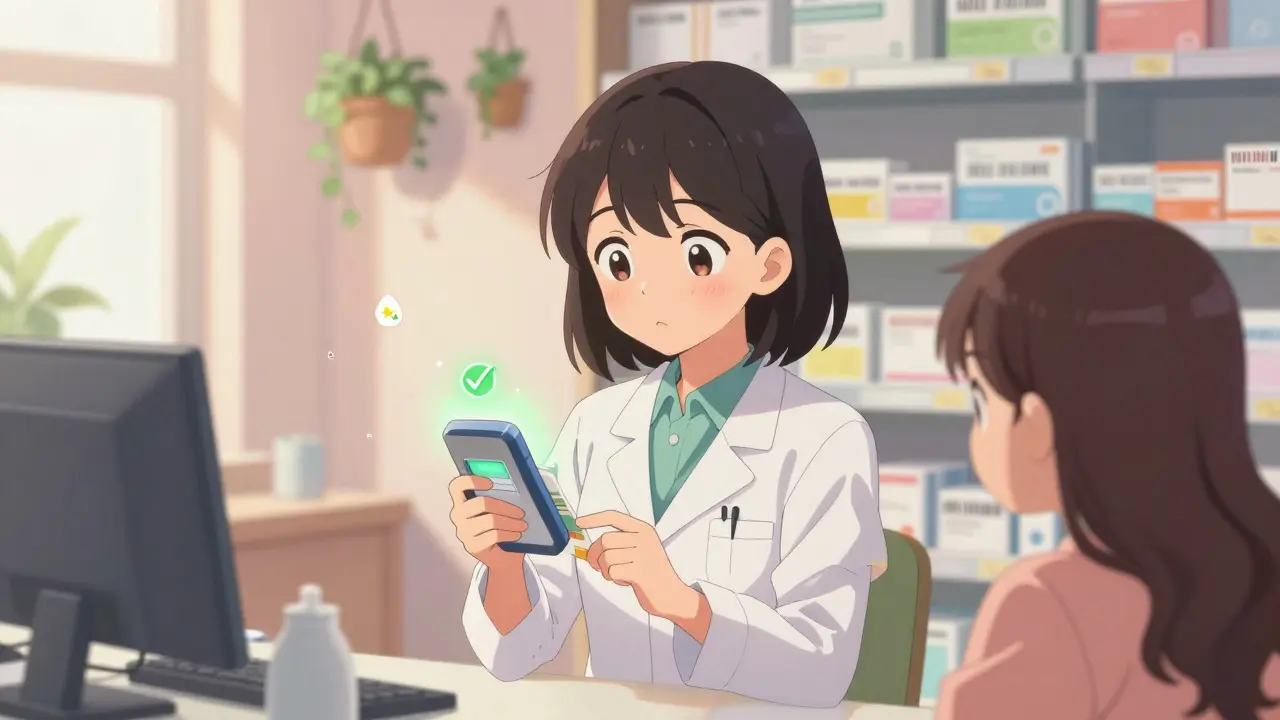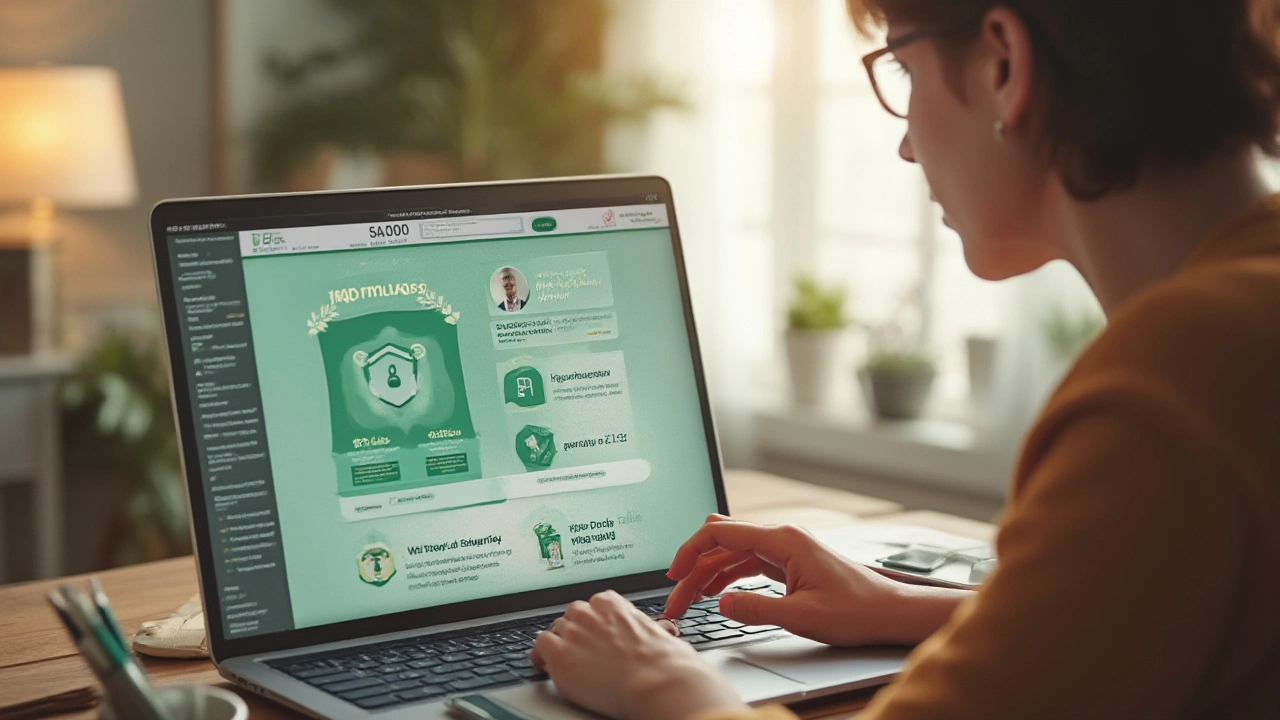Counterfeit Drugs: How to Spot Fakes and Stay Safe
Ever wondered if that cheap pill you ordered online is real? Counterfeit drugs are a growing threat, and they can land you in serious trouble. Below are straight‑forward ways to tell if a medication is fake and what to do to keep yourself safe.
Why counterfeit drugs are a big problem
Fake meds often contain the wrong ingredient, no active ingredient, or harmful substances. This means you might get no relief, worse side effects, or even life‑threatening reactions. The issue isn’t limited to shady websites; even some local pharmacies can get duped by unreliable suppliers.
Regulators worldwide estimate that up to 10% of medicines sold online are counterfeit. For people with chronic conditions, a single fake dose can disrupt treatment plans and lead to costly hospital visits. Knowing the signs can save you money and health.
How to protect yourself when buying online
First, only use pharmacies that require a valid prescription and show a physical address. Check if the site displays a pharmacy license number; you can verify it on your country’s health authority website.
Look at the packaging. Real manufacturers use consistent fonts, clear barcode numbers, and tamper‑evident seals. If the label looks blurry, colors are off, or the batch number is missing, walk away.Price can be a red flag. If a brand‑name drug is offered at a fraction of the usual cost, it’s likely fake. Compare prices across several reputable pharmacies – huge differences usually mean something’s wrong.
Read customer reviews, but treat them with caution. Authentic sites often have reviews on independent platforms like Trustpilot or Google. If all reviews sound overly positive or are posted on the same day, that’s a warning sign.
Never use payment methods that hide your identity, such as crypto or untraceable gift cards. Credit cards and reputable payment gateways give you a chance to dispute a fraudulent charge.
When the medication arrives, inspect the pill shape, color, and imprint. Most brand drugs have a unique imprint that you can verify on the FDA’s Drug Facts database or the manufacturer’s website. If anything looks off, contact the pharmacy immediately.
If you suspect a counterfeit, report it to your local health authority or the national drug regulatory agency. Providing the batch number, purchase receipt, and photos helps them track and shut down illegal operations.
Finally, keep a record of all your prescriptions and the pharmacies you use. Having a clear list makes it easier to spot inconsistencies and stay organized.
Staying vigilant isn’t a hassle – it’s a habit that protects your health and your wallet. Use the tips above the next time you order medication, and you’ll be far less likely to fall for a counterfeit.
- By Leona Ashfield
- Health
- 0 Comments
How to Verify Drug Authenticity: Official Tools and Resources You Can Use
Learn how to verify drug authenticity using official tools like EU FMD, U.S. DSCSA, and SMS verification systems. Protect yourself from counterfeit medicines with practical steps and trusted resources.
- By Leona Ashfield
- Health
- 11 Comments
How to Identify a Legit Online Pharmacy and Dodge Fake Drugs
Discover a thorough checklist to spot a legit online pharmacy, avoid counterfeit drugs, and check for accreditations, SSL security, and prescription policies.

